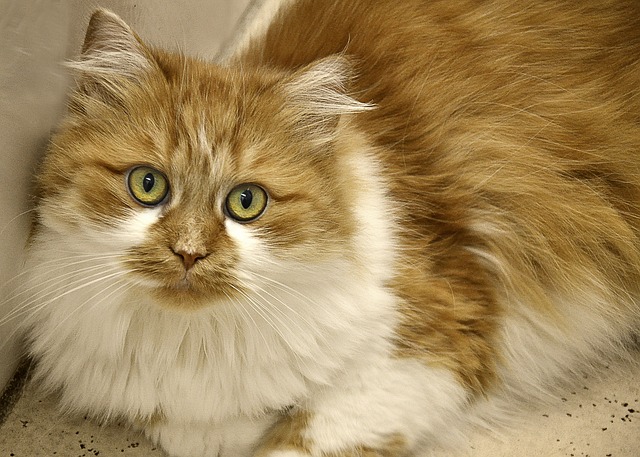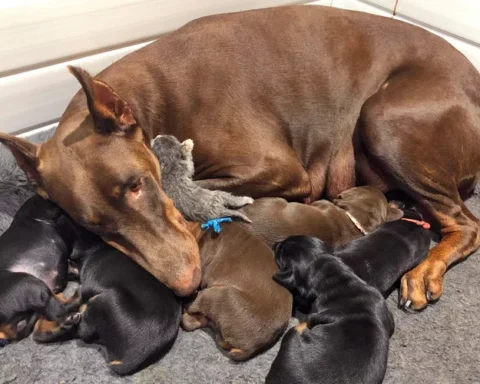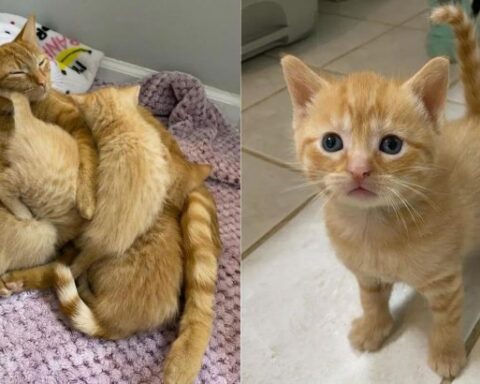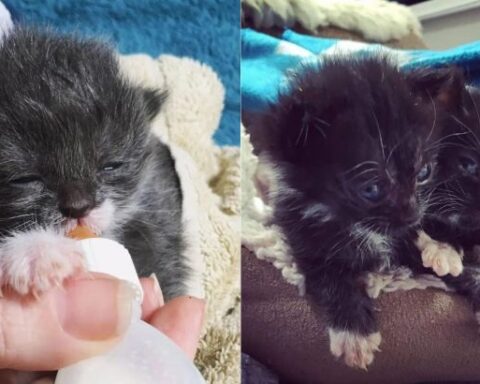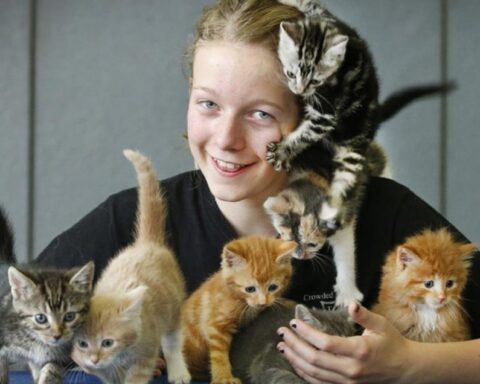Cats, enigmatic and captivating, communicate a great deal through body language. Interpreting your cat’s signals enhances your bond and responsiveness to their needs. In this comprehensive guide, we’ll explore the nuanced world of cat body language, helping you decode what your feline companion is trying to express.
Tail Position:
- Upward Tail: Indicates confidence and contentment.
- Puffed-up Tail: Signals fear or agitation, often in response to a perceived threat.
Ears:
- Forward Ears: Express interest or curiosity.
- Flattened Ears: Indicate fear, aggression, or discomfort.
Whiskers:
- Forward Whiskers: Suggest a positive or excited mood.
- Backward Whiskers: Indicate fear, anxiety, or aggression.
Purring:
- Content Purring: Typically signifies relaxation and happiness.
- Stressed Purring: Cats may purr when stressed or unwell in some cases.
Kneading:
- Kneading with Paws: Often associated with contentment, as kittens knead while nursing.
Slow Blinking:
- Slow Blink: Indicates trust and affection. Reciprocating a slow blink signifies mutual trust.
Head Butting:
- Head Butting or Head Bunting: A gesture of affection and a way for cats to mark you with their scent.
Belly Exposure:
- Exposing Belly: Can signify trust, but not all cats enjoy belly rubs. Approach with caution.
Hissing or Growling:
- Hissing or Growling: Clear signs of fear, anger, or discomfort. Give your cat space in these instances.
Arched Back:
- Arched Back with Puffed Fur: Indicates fear or aggression.
- Arched Back with Tail Up: Signifies a greeting or friendly approach.
Hiding:
- Hiding: Indicates a need for solitude or that your cat is feeling unwell.
Twitching Tail:
- Twitching Tail: Can signal excitement or irritation. Pay attention to the context and other body language cues.
Scratching:
- Scratching Furniture: A natural behavior to mark territory and keep claws healthy. Provide appropriate scratching posts.
Chirping or Chattering:
- Chirping or Chattering: Often observed when a cat is watching birds or prey through a window.
Raised Hackles:
- Raised Hackles: Indicates fear, aggression, or the cat feeling threatened.
How to Respond to Cat Body Language:
- Observe Closely: Pay attention to the context and combine multiple cues to understand your cat’s emotional state.
- Respect Boundaries: If your cat shows signs of discomfort, give them space and time to relax.
- Create Safe Spaces: Provide hiding spots and comfortable areas where your cat can retreat when needed.
- Build Trust: Establish trust through positive interactions and respecting your cat’s preferences.



